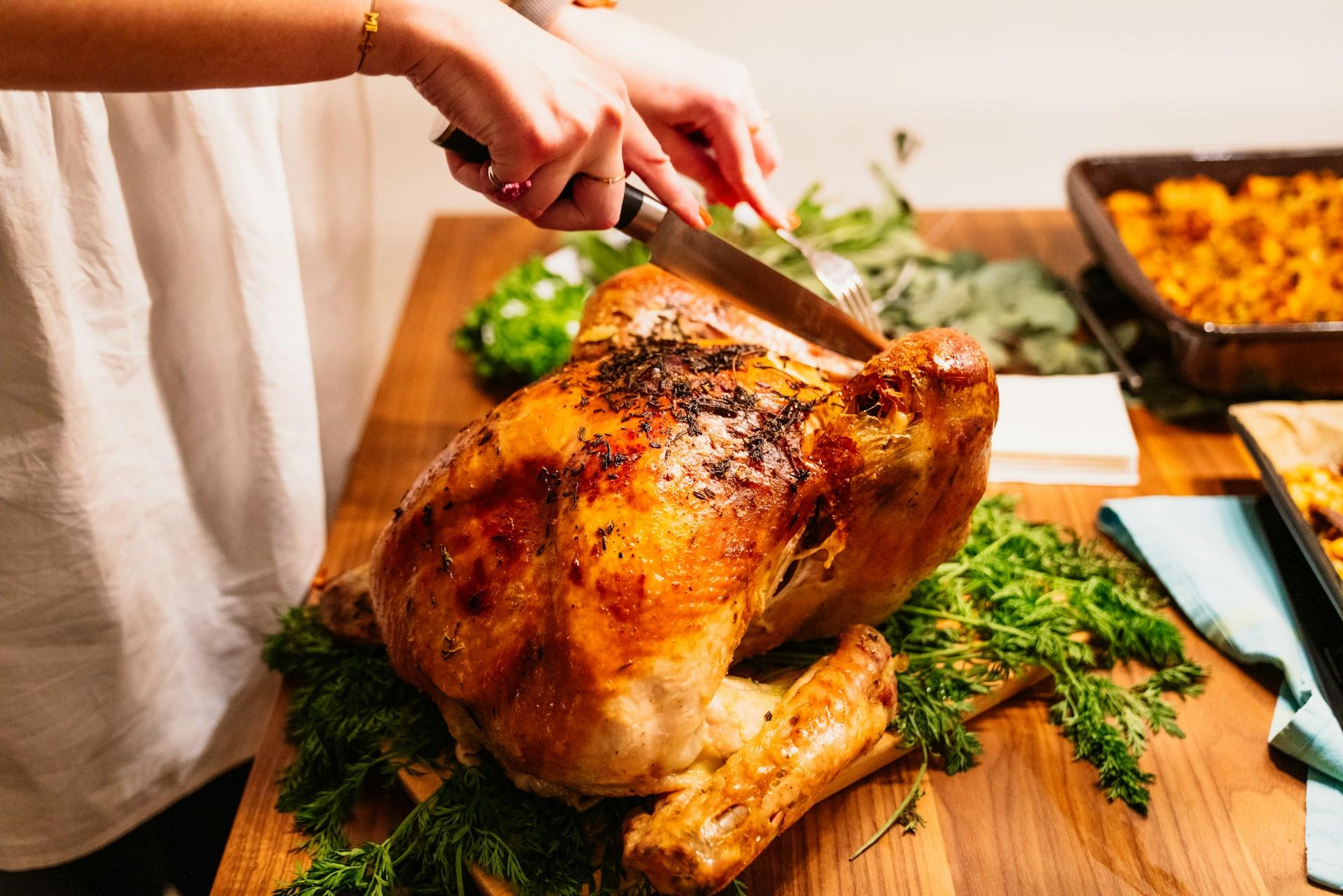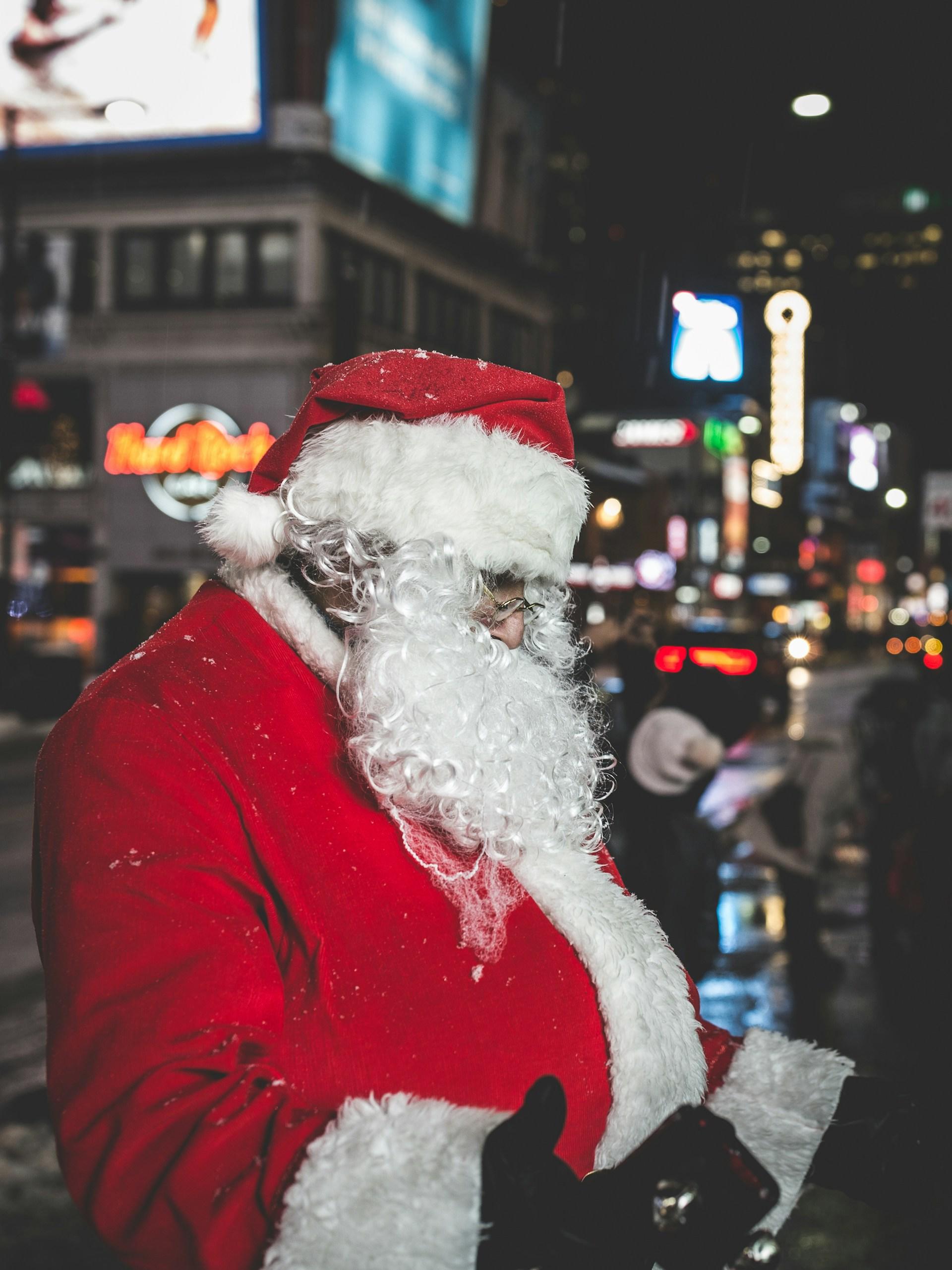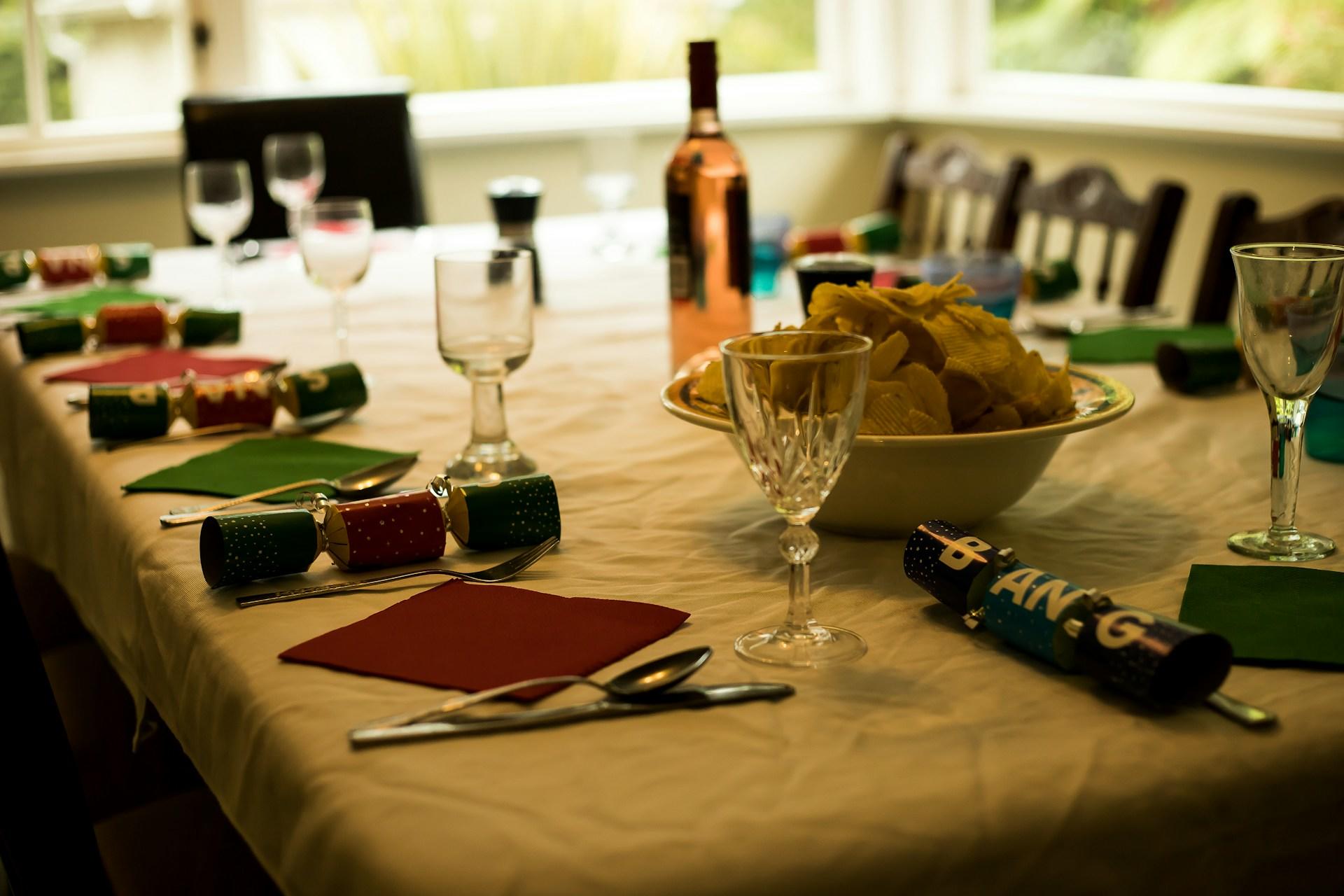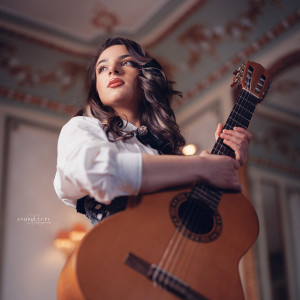The UK’s Christmas season is a beautiful mix of deep-rooted traditions, joyful celebrations, and cosy wintertime customs. From the early days of December until Boxing Day, the season is packed with customs that highlight the warmth and joy that only Christmas can bring.
The UK’s take on Christmas is filled with sights, sounds, and tastes that make it special and uniquely British. Here’s a closer look at the traditions that bring Christmas in the UK to life.

The Christmas Countdown – Advent Calendars and Decorations
People start to get in the spirit really early. Christmas traditions in the UK actually start long before the big day. Schools even start lessons about Christmas nice and early.
The holiday season truly kicks off on December 1st when many people bring out their advent calendars. Traditionally, advent calendars were simple paper designs with small doors to open each day, revealing festive pictures or Bible verses. Today, they often hide chocolates and toys – making the countdown to Christmas all the more exciting for both kids and adults.
A lot of people even make their own advent calendars for loved ones. It can be a great personal gift and sign of affection.
Around this time, homes and streets across the UK transform with lights and decorations. Towns and cities go all out, often turning on their Christmas lights with a ceremonial switching on event in late November or early December, drawing crowds for the festive spectacle.
And then, there are the Christmas trees! The tradition of decorating Christmas trees became popular in the UK during Queen Victoria’s reign in the 19th century, inspired by Prince Albert, who brought the German custom to Britain.
These days, the decorated tree is central to many homes and town squares, adorned with twinkling lights, ornaments, and often topped with a star or angel.
Christmas Cards: A British Tradition
Sending Christmas cards is another deeply-rooted British tradition. First introduced in the 1840s, Christmas cards quickly gained popularity, becoming a seasonal staple. Friends, family, and colleagues exchange cards, often with personal messages or fun illustrations to spread Christmas cheer. School children may even make cards as part of a school Christmas activity.

Nowadays a lot of people have opted for eco-friendly or e-cards to reduce paper waste, but the gesture remains a cherished part of Christmas. For many, these cards line the walls or sit above a warm fire, adding to the festive décor and bringing a sense of community and togetherness to the home.
Carol Singing and Festive Music
In the run-up to Christmas, carol singing is really popular including within schools where children are learning about the history of Christmas. Carolers sing traditional Christmas songs, some dating back centuries and it is still a way to enjoy Christmas holidays in the UK.
"God Rest Ye Merry, Gentlemen", "The First Noel", "I Saw Three Ships" and "Hark! The Herald Angels Sing" are all thought to be at least 200 years old.
We all know a lot of these songs like Silent Night and Hark! The Herald Angels Sing. Some groups go door-to-door, raising money for charity, while others perform in public spaces, adding to the festive atmosphere. Carol services in churches are another seasonal highlight, where people gather to sing carols and hear the nativity story, capturing the season's spirit.
Stockings
The tradition of hanging Christmas stockings for Santa Claus to fill dates back to the UK’s Victorian era. Stockings are usually hung near the fireplace or at the foot of a bed, waiting to be filled with small gifts, sweets, and perhaps an orange as a nod to tradition. Christmas markets are a great place to pick up these small and festive gifts (or even the stocking itself).
In many families, opening stockings is the first excitement of Christmas morning, with children eagerly discovering the surprises Santa has left behind.
The Christmas Cracker Tradition
Christmas crackers are a must-have on British Christmas dinner tables. Created by Tom Smith in the 1840s, these colourful paper tubes contain small gifts, jokes, and the iconic paper crown.

When pulled from both ends, the cracker makes a “pop” sound, thanks to a small strip of cardboard with chemicals that react to friction. Christmas crackers add a playful touch to the meal, with everyone donning their paper crowns and reading out the groan-worthy jokes inside – a joke that is actually funny would be a disappointment.
London confectioner Tom Smith invented Christmas crackers in 1847 after he saw French people giving kids sugared almonds in wrapping that also contained a message.
This unique tradition is an essential part of the British Christmas experience, adding laughter and fun to the holiday feast.

The Christmas Feast – A Festive Spread
The UK may not be best known for its cuisine but there’s no arguing about something Brits do well; a roast dinner.
Christmas dinner is one of the main highlights of the season. Traditionally served in the afternoon or early evening on Christmas Day, this meal features roast turkey as the centrepiece, accompanied by stuffing, roast potatoes, gravy, and a variety of vegetables. Brussels sprouts are a classic (though sometimes divisive) side. Turkey is not a hugely popular meat to eat in the UK so it is even more closely linked to Christmas, when 54% of Brits indulge.

For dessert, there’s Christmas pudding. A rich, steamed pudding made with dried fruits, nuts, and spices. Often doused in brandy and set alight before serving, the flaming pudding is a memorable finale to the meal. Some families also include a silver coin in the pudding for good luck, a tradition thought to bring wealth in the coming year.
Another beloved dessert is the Yule log (or Bûche de Noël), a chocolate sponge cake rolled into a log shape, decorated to resemble a tree branch and often dusted with icing sugar to look like snow. Mince pies, filled with spiced fruit, are another festive treat often enjoyed after dinner with a cup of tea or mulled wine.
Boxing Day Traditions
The day after Christmas, known as Boxing Day, is a holiday in the UK. The tradition is said to originate from the old custom of employers giving Christmas boxes to their staff as a thank-you for their hard work. Reminds us of a scene from A Christmas Carol.
Boxing Day is also a big day for sports. Many people watch football matches, while others participate in quirky events like the Boxing Day swim where brave souls take a chilly dip in the sea for charity. Boxing Day often continues the festive feasting, with cold cuts and leftovers from Christmas dinner served up for a relaxed lunch or supper.
Father Christmas and Christmas Eve Traditions
The UK’s version of Santa Claus is also known as Father Christmas, a jolly figure who delivers presents to children on Christmas Eve. Many children leave out a mince pie and a glass of milk (or occasionally a bit of brandy) for Santa and a carrot for his reindeer. This is a tradition observed in many different countries but is thought to have started in the UK.
Christmas Eve is a night of anticipation, with many families gathering for an evening of movies, hot chocolate, and perhaps hanging the last decorations.
Some households attend midnight mass at their local church, a service that includes carols and often the lighting of candles to commemorate the birth of Jesus. Midnight mass has a special atmosphere, blending the sacred with the celebratory and marking the true start of Christmas Day.

In some countries, Christmas Eve is the time to open presents, but in the UK, the gifts wait until the morning of Christmas. Kids often wake their parents at dawn to open their presents, with the average British adult spending over £600 on gifts each year. Christmas Eve is a time to exchange gifts but not to open them (not just yet). In some countries, including France, the Christmas traditions are different and gifts may be opened on Christmas Eve.
New Year’s Celebrations and Epiphany
Though the main festivities wind down after Boxing Day, New Year’s Eve brings another round of celebrations. In the UK, New Year’s Eve is marked by gatherings, countdowns, and fireworks displays across cities like London, where fireworks light up the sky above the Thames. Some families extend the holiday season until Epiphany on January 6th, traditionally marking the end of the “Twelve Days of Christmas” when decorations are taken down.
A Season of Goodwill and Togetherness
Christmas in the UK is about more than just the gifts and decorations; it’s a season that brings people together in celebration and goodwill. The simple traditions—sending cards, singing carols, and sharing a meal—reflect a shared joy that stretches across generations.
Each of these customs, whether it’s pulling a cracker, donning a paper crown, or tucking into a mince pie, brings a little more warmth to the winter season, making Christmas in the UK a truly special time of year.
From the cheerful lights to the quiet reflection of midnight mass, British Christmas traditions blend the joyful with the thoughtful and festive, creating a holiday with meaning and memory.
If you lined up the number of sprouts consumed at Christmas in the UK, you could reach from London to Sydney, according to the ONS.
Not everybody celebrates the religious aspect of Christmas, but they can still be involved in some of the holiday activities and learn all about what the festivities involve.
Teaching Christmas in the UK
Passing on Christmas traditions and the way that we celebrate Christmas holidays in the UK is something that needs to be passed on. These traditions are often shared in schools and through families.
Need some help planning a Christmas lesson in school? Reach out to one of our experienced tutors today to see how you can share the magic of the festive period with everybody and educate about its origins and many traditions. Superprof has experienced teachers who are always ready to help.











